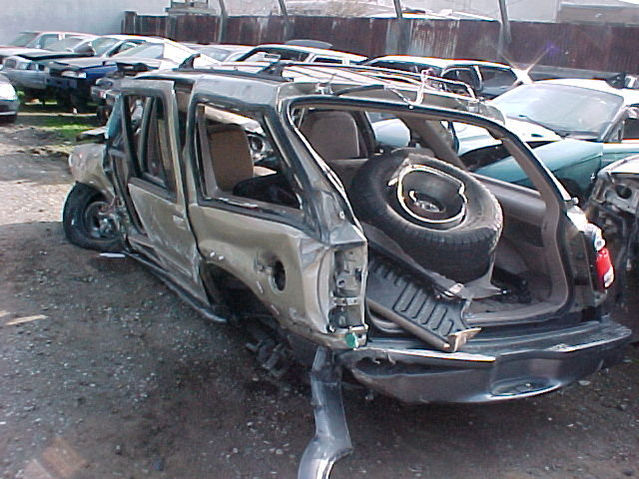Our story begins with the words “don’t expect him to live.” When Phineas survived those first days, doctors said “don’t expect him to walk or feed himself.”
(Phineas is not his real name. He wants to protect customer confidence in his high-tech business. I have called him “Phineas” in honor of Phineas Gage, the 19th-century accident victim who enhanced our understanding of the prefrontal cortex.)

You don’t expect a happy ending from such a beginning, but I met Phineas at the business he built fifteen years after the accident that rolled his car over six times. When he heard that I write about the brain, he told me his amazing story of recovering from traumatic brain injury.
I share this story for two reasons. First, we need success stories to offset the endless negativity we hear in the news. Second, Phineas recovered his consciousness in a way that illuminates our quest to understand our own consciousness.
Phineas remembers nothing about the accident. He drives past the spot every day and it triggers nothing in him. He was in a coma for 34 days after a young woman lost control of her vehicle while racing her boyfriend.
On Day 33, he pulled the respirator out of his throat without actually waking up. On Day 34, he opened his eyes and talked. But nothing he said made sense. He doesn’t remember this time, but he was apparently very loquacious because many people have reported back what he said. He speculates that his love of Tom Clancy novels infused the babble. He was conscious enough to dial people’s phone numbers from memory, but not conscious enough to realize it was 3 am and his statements were delusional. His phone was taken away.
This went on for nine days. “The lights were on but nobody was home,” Phineas says. Then his sense of self suddenly kicked in.
What does that mean, I wanted to know. How did it happen?
He remembers the feeling of walking up a country lane with his boss, and suddenly realizing that he was lying in a bed looking at his boss. Why would I be looking at my boss from a bed, he wondered. Suddenly his wife walked into the room. Why would my wife and my boss be in the same room? Details emerged.
When he got the picture, he said, “Great, let's go home now,” and tried to get up. Of course, he collapsed. There’s a big difference between feeling your toes and being able to walk out the door.
There’s likewise a big difference between being talking and constructing meaning. That difference might be called “self-awareness.” It’s a complex cognitive task with many components. You must hold a mental image of your actions and compare it to relevant past experience. This self-monitoring enables us to anticipate the consequences of our actions and fine-tune them accordingly. It’s the skill that makes us human.
Phineas managed to reboot his brain and even go beyond the cognitive skills he had before the accident. He wistfully remembers some character flaws he had before the accident and is thrilled with the new skills that emerged from his recovery process. It took a lot of time and a lot of help. He remembers these steps with pride. His doctors would schedule a therapy for a recovery step and he would learn the step before the appointment arrived. Doctors said he would not progress after five years, but he proudly observes skills he build in seven years after the accident. In fact, each year he looked back in horror at the bad judgment he exercised in years prior.
Most importantly, he remembers his struggle to control impulsiveness in his first year of recovery. My attention was riveted by the word impulsiveness because that was Phineas Gage’s problem after a railroad spike shut down his pre-frontal cortex. The PFC is the brain structure that differs most between humans and animals. Impulse control makes us who we are. That’s why it’s such a pleasure to hear a tale of a person losing their PFC and building it back better than ever.
Today, he is a business owner with skills he didn't have before the accident. The trial of re-booting his brain led to learning self-management skills that he'd never built before.
More about managing your brain in my book: Habits of a Happy Brain: Retrain your brain to boost your serotonin, dopamine, oxytocin and endorphin levels



